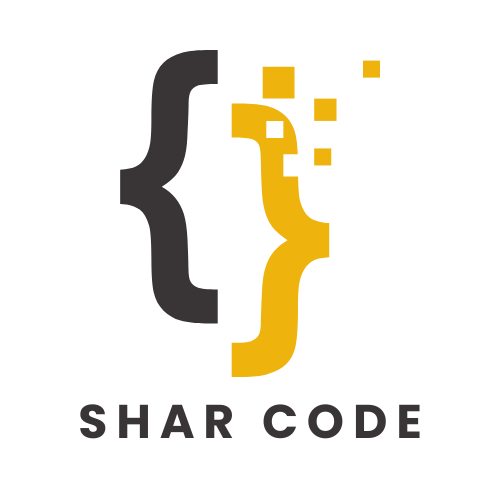Antenna Elevation Azimuth Calculator | converters and calculators Antenna Azimuth and Elevation Calculator This page of converters and calculators section covers Antenna Azimuth and Elevation calculator. It takes earth station longitude and latitude, satellite longitude and delivers antenna azimuth and elevation as outputs. Earth Station Latitude (input1) : Earth Station Longitude (input2) : Satellite Longitude (input3) : Antenna Elevation angle (Output1): Antenna Azimuth angle (Output2): EXAMPLE: INPUTS: Earth Station Latitude= 14 degree north , Earth Station Longitude= 77 degree east , Satellite Longitude = 84 degree east OUTPUTS: Antenna Elevation Angle= 71. 65 degree , Antenna Azimuth Angle= 153 degree…
Author: TCA
bayesplot is an R package providing an extensive library of plotting functions for use after fitting Bayesian models (typically with MCMC). The plots created by bayesplot are ggplot objects, which means that after a plot is created it can be further customized using various functions from the ggplot2 package. Currently bayesplot offers a variety of plots of posterior draws, visual MCMC diagnostics, and graphical posterior (or prior) predictive checking. Additional functionality (e.g. for forecasting/out-of-sample prediction and other inference-related tasks) will be added in future releases. The idea behind bayesplot is not only to provide convenient functionality for users, but also a…
Table of Contents Introduction The Radio Link Control (RLC) sublayer of 5G NR protocol stack interfaces to PDCP sublayer from above and MAC sublayer from below. It interfaces to PDCP via RLC channels and to MAC via logical channels. There’s a one-to-one mapping: RLC SDUs belonging to an RLC channel are mapped to a single logical channel. An RLC entity in a 5G UE has its peer RLC entity in the gNB, or other UEs in the case of NR sidelink communication. An RLC entity can be configured in one of three transmission modes: Transparent Mode (TM), Unacknowledged Mode (UM)…
This article describes overview of 5G NR MAC layer. It covers 5G NR MAC functions, 5G NR MAC architecture, 5G NR MAC channel mapping, 5G NR MAC procedures and format of 5G NR MAC header and subheaders. Table of Contents Introduction 5G NR Protocol stack is divided into 2 planes: User Plane and Control Plane. User Plane is used to transfer user data and control plane is used to transfer system control signalling transmission. 5G NR User Plane Protocol Stack below picture 5G NR Control Plane Protocol Stack below picture MAC Layer MAC stands for Medium Access Control An RLC…
This article will give a brief overview of the 5G NR PDCP layer, its functionality, architecture, and characteristics. Table of Contents Introduction Starting with the definition, PDCP is an abbreviated form for Packet Data Convergence Protocol. PDCP protocol is defined by 3GPP specifications TS 38.323. As shown in the diagram below, this layer lies between RRC on the upper side and RLC on the lower side of the control protocol stack. The figure shows the 5G NR protocol stack with the position of the PDCP layer. PDCP layer provides services to the upper layers that are, RRC or SDAP and takes…
This article will give a brief overview of the 5G NR RRC layer, RRC States in NR, NR RRC Interaction with LTE RRC, NR RRC Interaction with LTE RRC, and more. Table of Contents Introduction RRC stands for Radio Resource Control. At a broad level, RRC can be defined as a language that should be understood by both Network and UE. As you might be aware that UE and Network communicate via a radio channel. To make the real data exchange possible, every party participating in the communication should exchange a lot of information. The purpose of communication is to…
Learn about 5G NR in simple and easy steps starting from basic to advanced concepts. Introduction, Specifications, Features, Technology, Architecture, Protocol stack, Advantages, Challenges, Future Scope, and more. Table of Contents Introduction 5G, the next generation of cellular networks, currently a very hot topic and an amazing area to learn and research. Be it an end-user, operator, researcher, everyone is interested in knowing about this new technology. There was a time when people communicated using handwritten letters, used to send them manually but now the time has radically changed, we have mobile phones and it is impossible to live without…
Introduction Apache Arrow is a cross-language development platform for in-memory and larger-than-memory data. It specifies a standardized language-independent columnar memory format for flat and hierarchical data, organized for efficient analytic operations on modern hardware. It also provides computational libraries and zero-copy streaming, messaging, and inter process communication. The arrow R package exposes an interface to the Arrow C++ library, enabling access to many of its features in R. It provides low-level access to the Arrow C++ library API and higher-level access through a dplyr backend and familiar R functions.
Introduction AngularJS provides filters to transform data: AngularJS Filters allow us to format the data to display on UI without changing original format. Filters can be used with an expression or directives using pipe | sign. {{expression | filterName:parameter }} Angular includes various filters to format data of different data types. The following table lists important filters
Interdigital capacitor calculator | converters and calculators Interdigital capacitor calculator This page of converters and calculators section covers Interdigital capacitor calculator. Substrate dielectric constant (input1) : Number of fingers (input2) : Finger length in cm (input3) : Finger base width in cm (input4) : capacitance of interdigital capacitor in pF/cm (output) : EXAMPLE#1: INPUTS: Dielectric constant = 9.8 , Number of fingers=10, finger length = 0.0025 cm , finger width = 0.05 cm OUTPUT: Capacitance = 0.4 pF/cm EXAMPLE#2: INPUTS: Dielectric constant = 13 , Number of fingers=10, finger length = 0.001 inch = 0.001*2.54 cm finger base width =…


